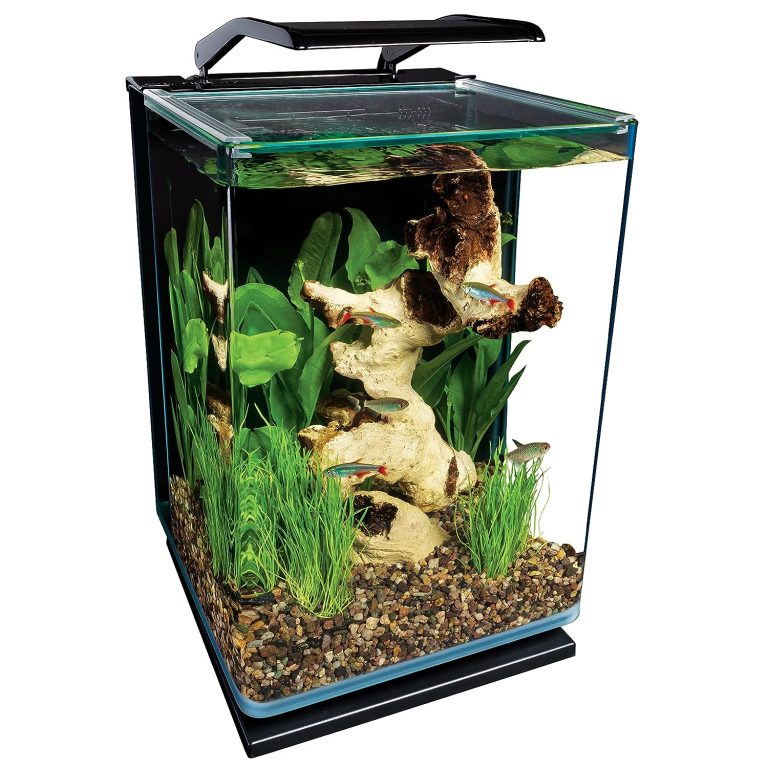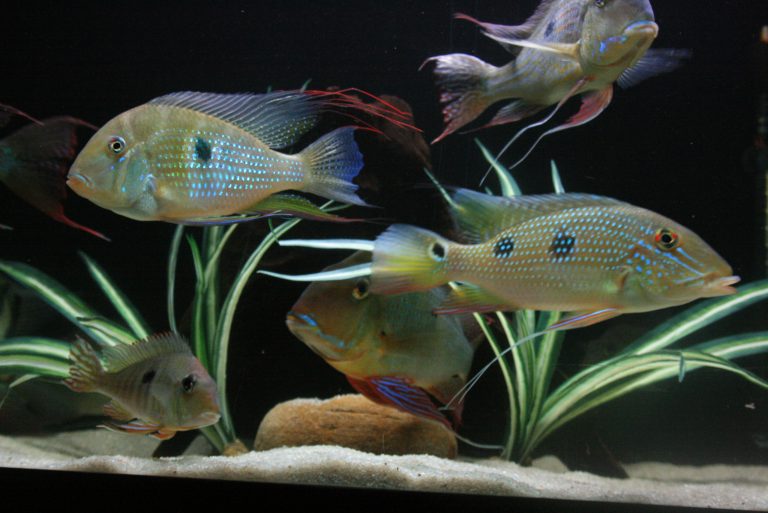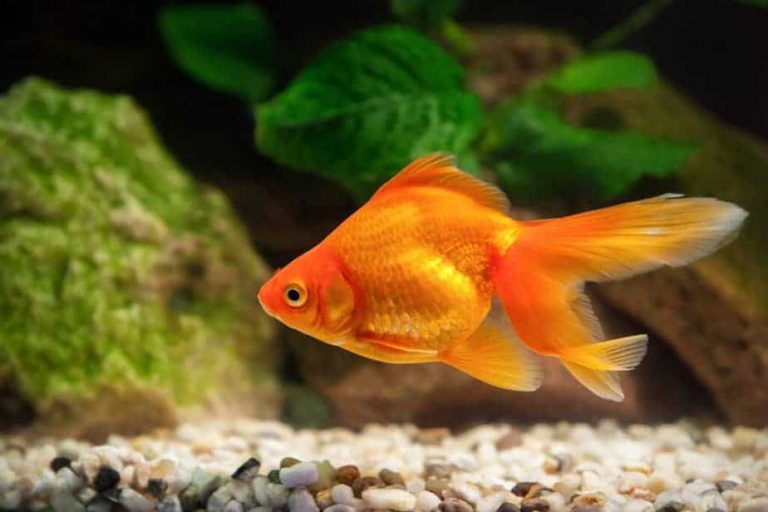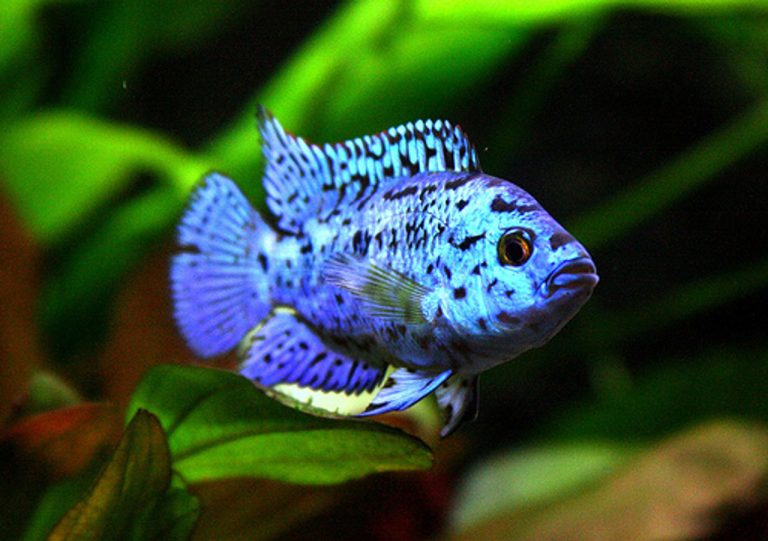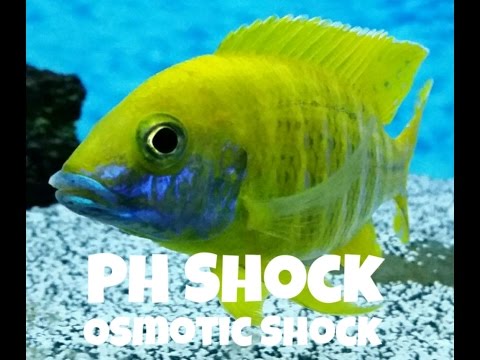Best Size Fish Tank For Beginners
What is the Best Size Fish Tank for Beginners?
Are you considering getting into the exciting world of fishkeeping? If so, one of the first questions you might have is: what size fish tank should I get as a beginner? The size of the tank plays a crucial role in the overall health and well-being of your fish. In this article, we will explore the best size fish tank for beginners and the factors to consider when choosing the right tank for your aquatic friends.
Why is the Size of the Fish Tank Important?
Before we dive into the details of what size fish tank is best for beginners, let’s understand why the size of the tank is important. The tank size directly affects the habitat and living conditions for your fish. Here are a few reasons why size matters:
1. Water Parameters: A larger tank provides better water stability. It dilutes waste and helps maintain consistent temperature, pH levels, and oxygen levels.
2. Fish Health: Fish require space to swim and explore their surroundings. Insufficient space can lead to stress, aggression, and stunted growth.
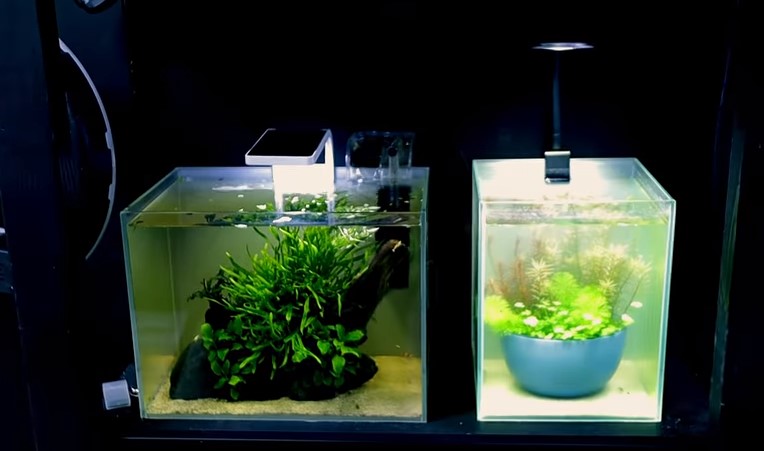
3. Maintenance: Larger tanks generally require less frequent cleaning and water changes compared to smaller tanks. The larger volume of water helps maintain better water quality.
4. Future Expansion: Starting with a larger tank allows room for growth and the addition of more fish or aquatic plants as you gain experience and confidence in fishkeeping.
Factors to Consider When Choosing the Best Size Fish Tank for Beginners
Now that we understand why tank size is crucial, let’s delve into the key factors to consider when selecting the best size fish tank for beginners:
1. Available Space and Budget
The first step is to evaluate how much space you have available for your fish tank. Consider the dimensions of the area and choose a tank that fits comfortably in the designated spot. Additionally, think about your budget. Larger tanks generally cost more than smaller ones due to the extra materials required.
2. Fish Species and Future Plans
The type of fish you plan to keep is an important consideration when choosing a tank size. Different species have varying space requirements and swimming behaviors. Research the specific needs of the fish you want and select a tank size that can accommodate them comfortably. Additionally, think about your future plans. Do you envision expanding your collection or adding more fish in the future? If so, consider getting a slightly larger tank to save costs down the line.
3. Filtration and Accessories
Proper filtration is essential for maintaining a healthy aquarium. Larger tanks generally require more powerful filtration systems to effectively process waste and keep the water clean. Take into account the size and type of filtration system you will need for the tank size you choose. Additionally, consider any accessories you might want to add, such as lighting, heaters, or decorations.
4. Maintenance Effort
The size of the tank directly impacts the effort and time required for maintenance. Smaller tanks tend to require more frequent water changes and cleaning due to the limited amount of water. If you’re new to fishkeeping or have limited time to dedicate to maintenance, a larger tank might be a better choice for you.
Recommended Tank Sizes for Beginners
Now that we’ve covered the factors to consider, let’s explore some recommended tank sizes for beginners:
1. 10-Gallon Tank
A 10-gallon tank is a popular choice for beginners. It provides a decent amount of space for a small community of fish, such as Betta fish, tetras, or guppies. It is also easier to maintain and fits in most spaces.
2. 20-Gallon Tank
A 20-gallon tank offers even more space for your fish to swim and for you to get creative with aquascaping. It allows for a greater variety of fish species, including small schooling fish or a few larger fish.
3. 30-Gallon Tank or Larger
If you have more space and are committed to diving deeper into the fishkeeping hobby, a 30-gallon tank or larger is a great option. This size allows for a more diverse range of fish and provides ample swimming space. It also offers more stability in terms of water parameters.
Frequently Asked Questions
1. Can I start with a smaller tank as a beginner?
While it is possible to start with a smaller tank, it is generally recommended to begin with a tank size of at least 10 gallons. Smaller tanks can be more challenging to maintain and require more frequent water changes.
2. Can I keep multiple fish in a small tank?
Keeping multiple fish in a small tank can lead to overcrowding, stress, and poor water quality. It is essential to provide enough space for each fish to thrive. Follow appropriate stocking guidelines and choose a tank size that suits your desired fish species.
3. What if I have limited space and budget?
If space and budget are limited, you can still enjoy fishkeeping with a smaller tank. However, be mindful of the needs of your fish and the extra maintenance required. Consider options like nano tanks or betta fish tanks that are specifically designed for small spaces.
Final Thoughts
Choosing the best size fish tank for beginners is an important decision that sets the foundation for a successful fishkeeping journey. Consider the available space, fish species, and maintenance effort required before making a final decision. Remember, it’s always better to start with a larger tank than to upgrade later. Happy fishkeeping!

